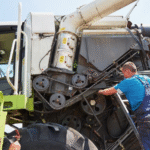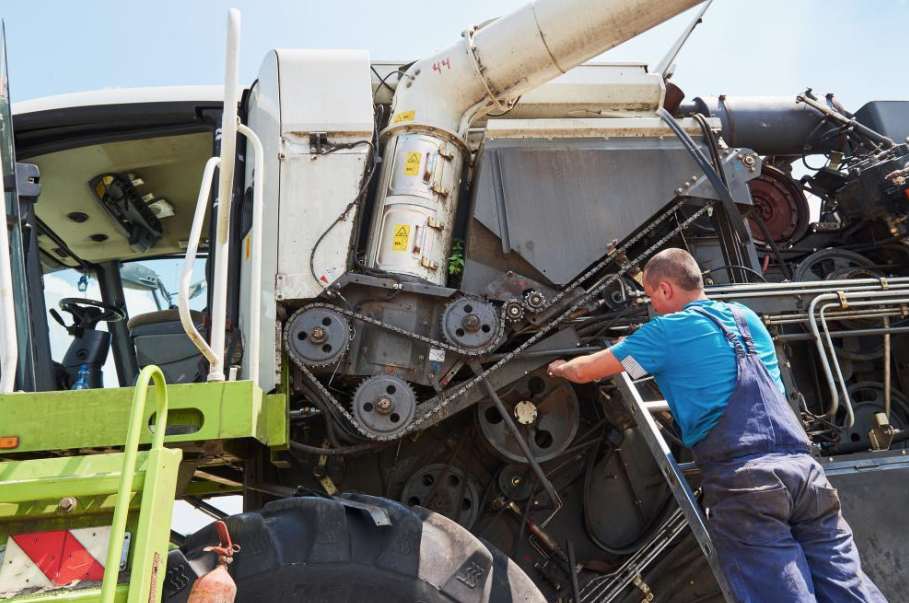Overview
When most homeowners think about air conditioning maintenance or problems, their attention usually turns to the AC unit itself—the outdoor condenser, the thermostat, or maybe the vents. However, one of the most critical and often neglected components of the cooling system is the ductwork. Ducts serve as the arteries of a home’s HVAC system, distributing cooled air to every room. If these ducts are damaged, blocked, or poorly designed, the entire system has to work harder, which can eventually lead to breakdowns and expensive repairs. While these issues often go unnoticed, the consequences are far-reaching. Leaky ducts, crushed connections, or disconnected runs cause imbalances that reduce system efficiency and lead to hot spots in the home. Over time, the strain on the AC can result in frozen coils, overworked motors, or even a complete system failure. Understanding the impact of ductwork on your AC’s performance is essential if you want to avoid high repair bills and extend the life of your system.
The Hidden System Behind AC Performance
- Airflow Restrictions and Overworked Systems
Restricted airflow is one of the most common consequences of faulty ductwork. Whether due to crushed ducts, accumulated debris, or poorly installed runs with excessive bends, these restrictions prevent cool air from moving efficiently throughout the house. When airflow is compromised, the AC unit must run longer cycles to maintain the desired temperature, consuming more electricity and wearing out internal components. Over time, this strain can lead to overheating, motor failures, and compressor breakdowns—some of the most expensive repairs a homeowner can face. What’s worse, uneven cooling caused by poor airflow often leads residents to lower the thermostat, which compounds the problem and pushes the system even harder. If you want to see a breakdown of how airflow affects energy costs and AC lifespan, check here for practical case studies. Addressing the root cause, such as a collapsed duct in the attic or a blockage caused by dust and insulation, can reverse these issues before they develop into major mechanical failures.
- Leaks That Drain Performance and Your Wallet
Leaky ducts may seem like a minor problem, but they’re among the most wasteful and costly issues in any AC system. When conditioned air escapes through holes or gaps in the ductwork, it fails to reach the intended rooms. Instead, it cools attics, crawlspaces, or wall cavities—areas that don’t need climate control. This loss forces the system to work overtime to compensate for the missing output, which in turn drives up energy bills and puts stress on components like the blower motor and compressor. The Department of Energy estimates that typical homes lose up to 30% of conditioned air due to duct leaks. That inefficiency not only costs money every month but also shortens the lifespan of the entire AC system. Furthermore, leaky ducts can also draw in unfiltered air from dusty or mold-prone spaces, degrading indoor air quality and leading to filter clogs and coil contamination. Both of these can result in unnecessary maintenance visits that could have been avoided with timely duct inspections.
- Poor Duct Design Undermines System Balance
Even if your ductwork is intact and leak-free, poor design can still compromise your system. Many older or hastily constructed homes suffer from unbalanced duct layouts, where certain rooms receive too much or too little airflow. Oversized ducts reduce air pressure, while undersized ones cause bottlenecks that disrupt the entire air distribution process. This imbalance creates inconsistent temperatures throughout the house, forcing the AC unit to overcompensate and run longer than necessary, which increases the chances of breakdowns. It also leads to more frequent cycling, where the AC turns on and off in rapid succession—something that can severely damage the compressor and electrical components. Contractors often find that ductwork problems originate during construction, when little thought is given to airflow dynamics. Fixing these issues usually involves resizing ducts or adding dampers to regulate pressure, which significantly reduces the strain on the AC system. Without this correction, homeowners may continue to experience both discomfort and unexpected repair bills.
- Increased Moisture and Mold Risks in the System
Poor ductwork not only affects cooling efficiency but also contributes to higher indoor humidity. When ducts are leaky or improperly insulated, warm air can enter the system, reducing the AC’s ability to remove moisture from the air. High humidity levels encourage the growth of mold and mildew inside the ductwork and around the evaporator coils. Once mold takes hold, it circulates spores throughout the house, posing health risks and triggering costly remediation work. The extra moisture also clogs filters faster and can coat internal AC parts with grime that impedes performance. In extreme cases, water buildup can damage the electrical system or rot nearby building materials. All of these consequences can be traced back to poor duct performance. It’s not just about cooling—air quality and system health are also at risk. Regular duct inspections and sealing can prevent these issues from developing. When the ducts are secure, clean, and properly routed, the system works better, lasts longer, and avoids costly repairs related to moisture damage.
AC problems rarely appear out of nowhere. Often, the signs were present for months, hidden in places people don’t usually check, such as inside the ductwork. From leaks and poor airflow to flawed design and moisture intrusion, ductwork issues are often the root cause behind rising energy bills, uncomfortable rooms, and expensive service calls. The good news is that many of these problems are preventable. Routine maintenance, pressure testing, and airflow assessments allow homeowners to catch and address issues before they lead to severe damage. Contractors who understand the link between duct health and system performance can help develop solutions that not only restore comfort but also extend the life of the entire heating, ventilation, and air conditioning (HVAC) system. Investing in duct repairs or upgrades might not seem urgent compared to fixing a broken condenser, but it often pays off far more in the long run. For anyone looking to avoid frequent breakdowns and high repair costs, starting with the ductwork is a smart and necessary first step.











